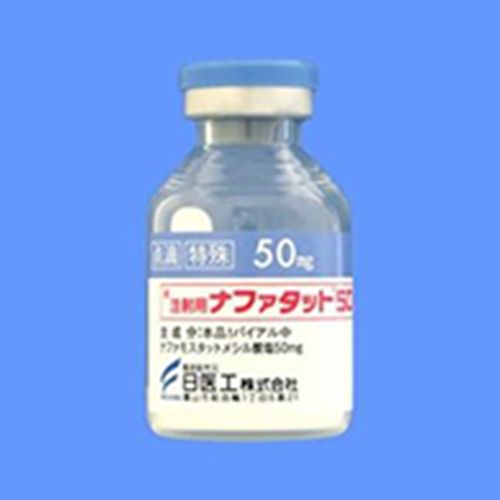14 days after embryo transfer, 12 days after blastocyst transfer, is
pregnant mothers have to go to the hospital to draw blood HCG and P time,
according to the results of HCG can determine whether pregnancy. So what is HCG?
What do you know about HCG?

HCG, or human chorionic gonadotropin, is a glycoprotein secreted by
placental trophoblast cells. After fertilization, HCG enters the mother's blood
and increases rapidly until the 8th to 10th week of gestation.
How does HCG come about? When a fertilized egg implants, it reaches out its
branch-like antennae and grabs the uterine wall. These antennae are villi, and
it forms the early placenta. When the placenta is not mature, these hairs grow
and attach to form a thin membrane. These chorionic membranes are gradually
filled with blood vessels, which serve as the primary link between maternal and
embryonic nutrients and waste products. The growth of this villi is what we call
a doubling. In the first three months of gestation, HCG levels roughly double
every 2.2±0.5 days. The absolute value of serum HCG varies greatly in different
stages of pregnancy and among pregnant women. So you don't have to compare
yourself to others, as long as your HCG increases normally. However, if the HCG
is not doubled or the doubling is not good, the possibility of biochemical
pregnancy or ectopic pregnancy should be considered. Ectopic pregnancy is
usually accompanied by obvious symptoms, such as low progesterone, abdominal
pain, bleeding and so on. Seek medical attention promptly.
High HCG on day 14. Is it a twin? The blood HCG level of twins is generally
higher than that of singletons, but that does not mean that a high blood HCG
level is necessarily a twin. At present, the diagnosis of multiple births, B
ultrasound is still the gold standard. Blood value is only a qualitative
criterion, and cannot be considered as twins. In addition, the blood HCG
concentrations in patients with hydatidiform mole, choriocarcinoma and RH
incompatibility were all higher than those in normal pregnant women. For
example, in hydatidiform mole, the blood HCG concentration is often
significantly higher than the corresponding value in normal gestational weeks,
and continues to rise after 8 ~ 10 weeks of menopause. About 45% of patients
with complete hydatidiform mole had serum HCG levels above 100 000U/L. The serum
free HCG level of the fetus with down syndrome is increased, so HCG can also be
used as a serum biochemical marker for prenatal screening.
Another very important role of HCG is to reduce the rejection reaction of
pregnant mothers. If you have a parasite on your body, generally speaking, your
immune system is going to attack, but the HCG confuses the mother and tells her
it's safe, it's your own, so your immune system doesn't work. The synergistic
effect of HCG and progesterone, on the one hand, enables the embryo to obtain
nutrients, and on the other hand, ensures the safety of the embryo, so it is
necessary to have both. HCG doubling is not good, because of the lack of
nutrients, the embryo may be stunted or even stopped. Not enough progesterone,
the embryo will implant instability, causing bleeding and even abortion.
However, the low value of HCG and progesterone does not necessarily lead to
miscarriage, but the probability of miscarriage is high. Once bleeding occurs,
it should be tested. If there is adverse pregnancy history before, monitoring
can also be taken as a precaution.